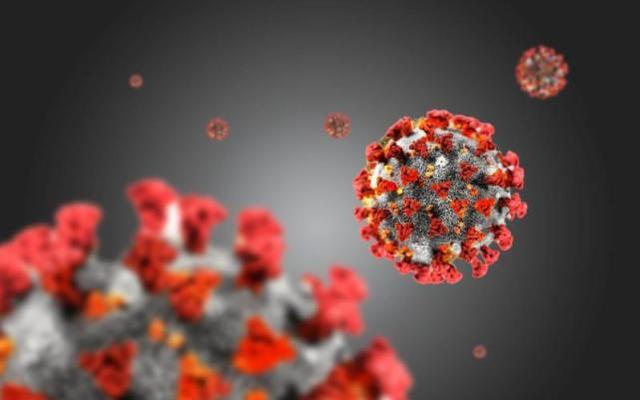December 24th, the Brazilian state of Rio de Janeiro raised the transmission level of COVID-19 in five of the nine regions of the state from the orange medium infection level to the red high-risk infection level.
These five regions live in 75% of the population of Rio.
The transmission level of COVID-19 in Rio states is divided into: green extremely low infection level, yellow low infection level, orange medium infection level, red high infection level and purple extremely high infection level.
According to the data released by the Brazilian Ministry of Health, as of December 23, the cumulative number of confirmed cases of COVID-19 in Rio State reached 41,334, with a total of 24,773 deaths.
On the evening of the 23rd, Acting Mayor Felipe of Rio announced that he would close Copacabana Beach on the last day of 2020 to avoid people gathering on the beach to celebrate the New Year.
Other foreseeable crowd-gathering beaches in the south of the city were also closed on the same day. In addition, parking lots near the beach will be closed during midnight on December 31.
In previous years, the New Year’s celebrations of the Rio municipal government were carried out around the city centered on Copacabana Beach.
Earlier this month, the city of Rio had announced the cancellation of all official New Year’s celebrations and fireworks held at Copacabana Beach this year, but many people still booked private celebration venues at restaurants and restaurants near the beach.



